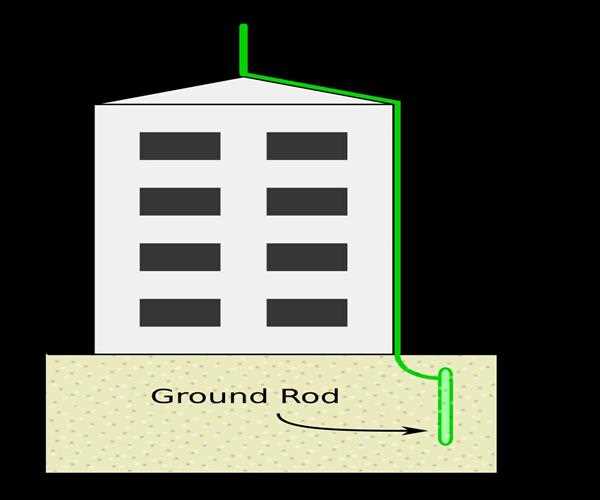A lightning rod is one of the system's components of a lightning protection system. To accomplish its protective role, the lightning rod must be connected to the earth. Lightning rods can be
hollow, solid, pointed, rounded, flat strips, or
even bristle brush-like in appearance.

All lightning rods have one thing in common: they're all comprised of conductive materials like
copper
and aluminum. The most frequent materials used in protective devices are
copper
and copper alloys.
Benjamin Franklin devised the pointed lightning rod conductor, also known as a
lightning attractor or Franklin rod, in 1752 as part of his pioneering investigation of
electricity. Franklin was the first to offer a system for testing his hypothesis, although not being the first to identify a link between
electricity
and lightning.
'The electrical
fire would, I believe, be dragged out of a cloud silently, before it could come near enough to hit,' Franklin
speculated, using an iron rod honed to a point. Before his alleged kite attempt,
Franklin theorized on lightning rods for several years.